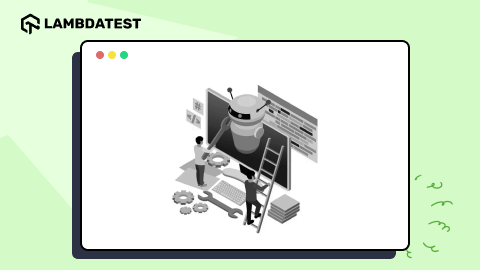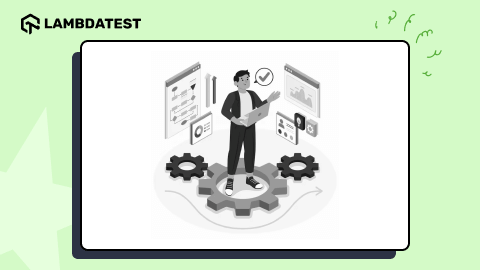Why did we build HyperExecute?
Mayank Bhola
Posted On: February 23, 2022
![]() 13873 Views
13873 Views
![]() 5 Min Read
5 Min Read
Innovation distinguishes between a leader and a follower.
-Steve Jobs
Testing isn’t an easy job.
Trust us, we know.
Given today’s rapid pace of innovation, it is what distinguishes the best companies from the rest of the pack. Any brand today must offer the best customer experience across all possible types of devices, versions and browsers, and more importantly, at record speeds.
Sadly, testing infrastructure is still lagging behind. There hasn’t really been any noteworthy innovation that has been optimized for speed. Our company has built a cloud-based test execution infrastructure, and one of the constant asks from our customers has been that cloud infrastructure isn’t as fast as a local setup. But, on the other hand, local setups don’t have the features that can be offered on cloud. We knew there had to be an answer to this rather glaring problem.
We thought long and hard about it. We began working on a germ of an idea almost six months ago and after a lot of building, re-building and of course, a lot of back and forth discussions, we finally launched HyperExecute.
HyperExecute is a next-gen smart testing platform to help businesses run end-to-end Selenium tests at the fastest speed possible.
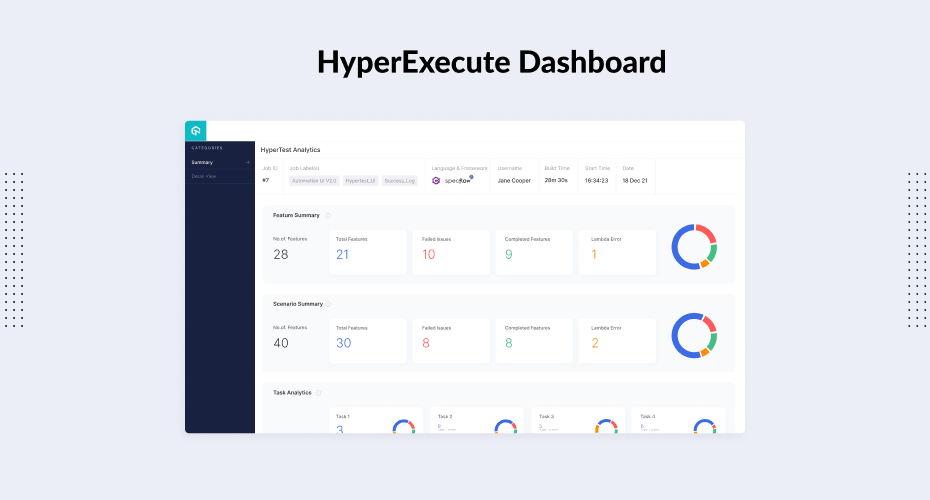
Checkout LambdaTest HyperExecute on Microsoft Azure marketplace
Why HyperExecute?
We had a few thoughts that formed the base on which HyperExecute was conceptualized. They were:
- Achieve parity between sophisticated tooling available to developers and testers
- Lack of an integrated testing environment
- Customers had to compromise on speed when they moved to the cloud and this was not fair.
The goal was to let the users focus on writing test cases and leave the rest to us. Our motto for HyperExecute was—you write tests and let us do the rest. It sounds a bit too simple, but that’s the ultimate aim of the product—make testing really that easy and fast.
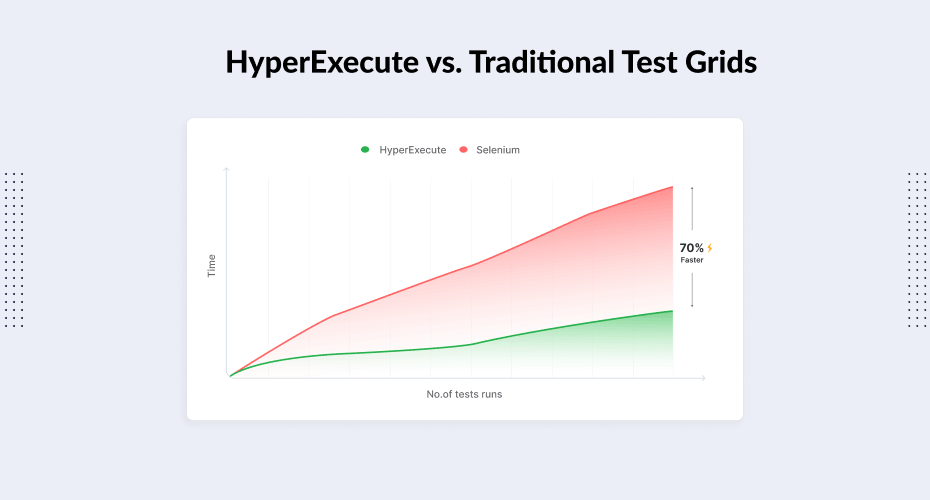
In short, HyperExecute brings together the speed of a local setup and the best features of the cloud — speed + best-in-class intelligence + zero maintenance + Autoscaling.
HyperExecute drastically cuts the feedback time for developers by executing tests at hyper speed. The tooling does the heavy lifting instead of testers modifying their code every time.
Wait, so how do we really achieve this?
Taking a step back, existing automation testing platforms are inherently slow because of lots of network hops that happen during each test. In the traditional approach, triggered test scenarios are first sent to the Selenium hub, which in turn are scheduled to run on the best-suited Selenium node. This results in unnecessary latency as many network components are involved in the entire process. Also, multiple network hops with separated components result in increased test flakiness, a factor that is a big hindrance to time to market.
HyperExecute unifies all the components into a single execution environment that eliminates these network hops and cuts down on test execution times. This enables businesses to test code and fix issues at a much faster pace and hence achieve an accelerated time to market.
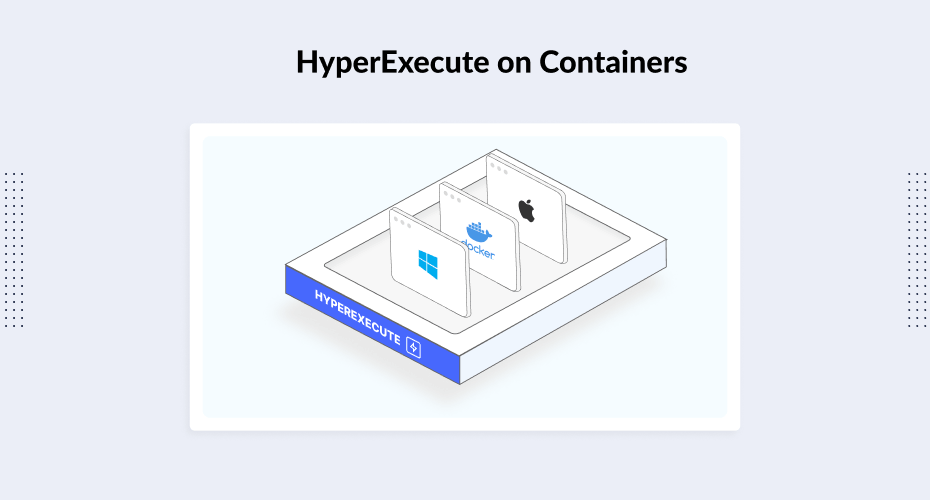
Introducing Test At Scale — a test intelligence and observability platform that shortens the testing durations & provides faster feedback. It enables devs to get early insights into flaky tests and enhances their productivity to ship code frequently with confidence. Start FREE Testing
Why are we bullish on HyperExecute?
ITE. That’s why!
Integrated Testing Environment.
HyperExecute provides CI/CD-type native features for testing as well. When there can be an Integrated Development Environment, there certainly must be an Integrated Testing Environment.
It basically means that all the operations that are required to conduct a test should be available at a single place and most of them must be automated.
Let me give you an example of what HyperExecute can do. Let’s say a tester ran 10 tests yesterday and the eighth one failed. So, when this tester tries to run these tests again the next day, HyperExecute will intelligently reorder them. It will run the eighth test first because the tester wants the feedback on that one quickly. S/he isn’t waiting to see the passed tests, pass again. HyperExecute will move it to the top so that you can get the fastest feedback possible. Also, let’s say, if you have 1000 tests and want to run them on 10 virtual machines, we will intelligently group them according to their latest execution times so that the large test cases are distributed evenly.
These are just a few examples of what’s possible with HyperExecute. When we were building it, our core product was ready quite early, but we knew that we had to give our customers something more than just the raw power. We packaged it with smart features like real-time console logs for test execution, intelligent grouping of tests to reduce total build time, artifacts management, automatic reporting, and automatic retries on failures.
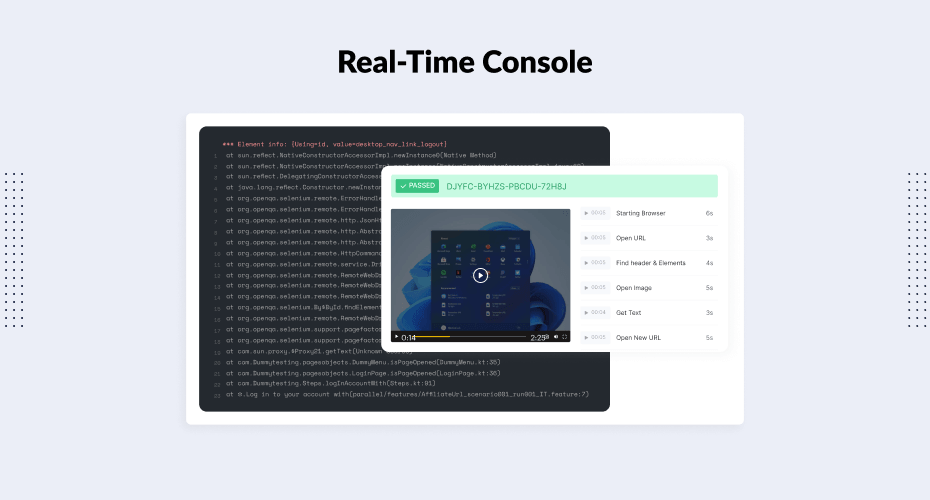
We wanted to make HyperExecute the best choice for users so much that they’d never need hand holding and explanations, they should just use it and see value instantly.
Looking to try out Cypress? Check out the Cypress on Azure Marketplace
What’s the path ahead?
We launched HyperExecute a few weeks ago and we are already seeing tremendous response for it. While it supports Selenium today, we want to bring in more frameworks in the days to come. We hope HyperExecute redefines test execution and gives digital brands a smart test orchestration platform that can truly match their speed of innovation!
Developers can now stay ‘in the flow’ with no interrupts thanks to the smart test orchestration platform HyperExecute, built on Azure! Check out the video to know more.
Reach out to us here to know more about HyperExecute.
Got Questions? Drop them on LambdaTest Community. Visit now










